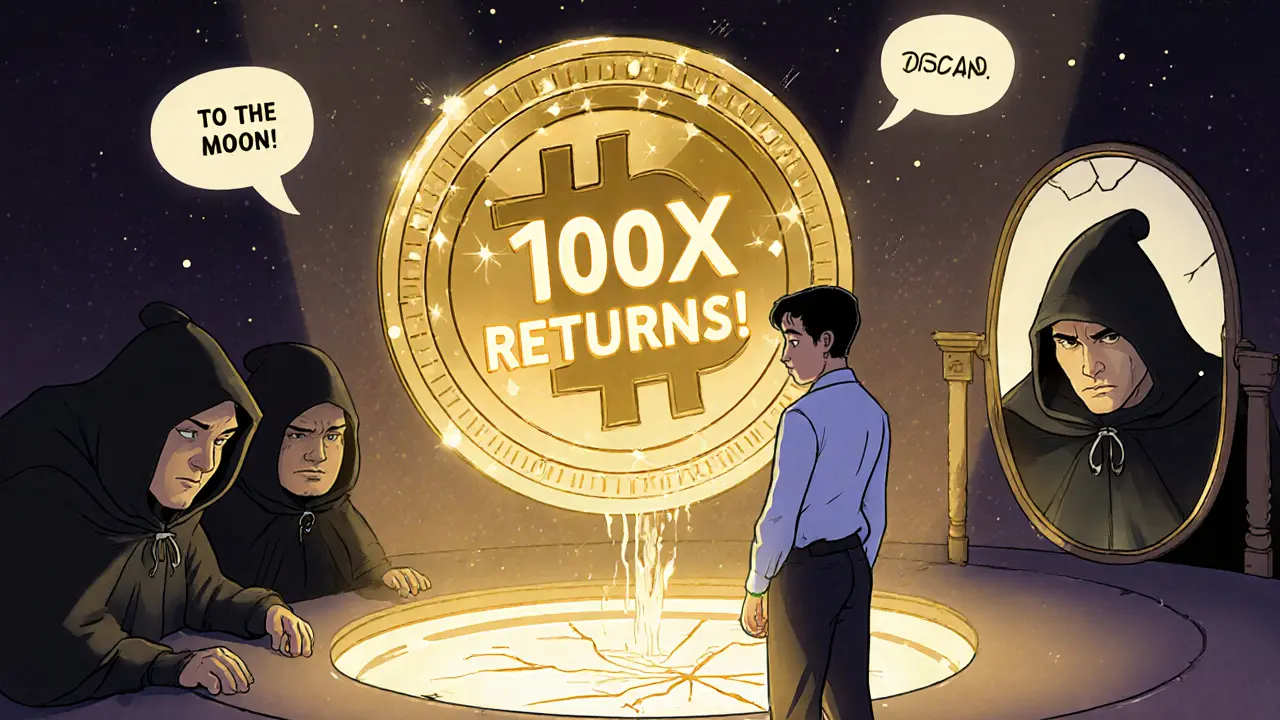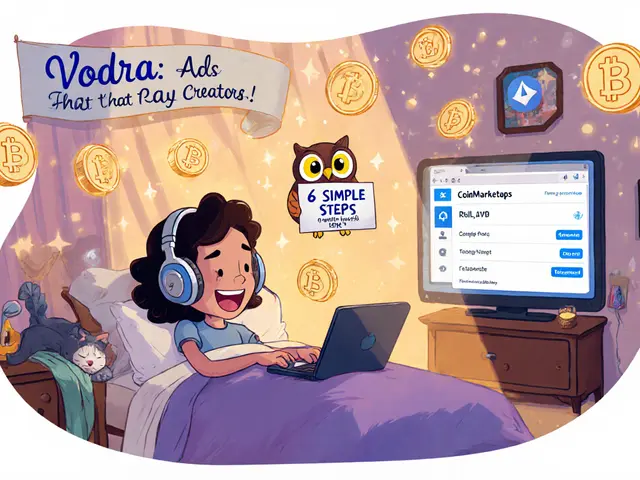Learn how to spot rug pull red flags in crypto projects before you invest. Key signs include anonymous teams, fake audits, locked liquidity, and unrealistic returns. Protect your funds with smart research.
DeFi Safety: How to Avoid Scams, Rug Pulls, and Lost Funds
When you jump into DeFi safety, the practice of protecting your crypto assets in decentralized finance protocols. It's not just about using a wallet—it's about knowing who’s behind the code, where the liquidity lives, and when to walk away. Most people lose money in DeFi not because the tech is broken, but because they trust a flashy website, a Telegram group, or a token that promises 1000% returns. The truth? The biggest risks aren’t hackers—they’re poorly built contracts, anonymous teams, and liquidity pools that vanish overnight.
Rug pull, a scam where developers drain a project’s liquidity and disappear is the #1 killer of DeFi investors. Look at projects like Elemon and Daisy Launch Pad—both had big airdrops, active communities, and shiny interfaces. Then, one day, the liquidity vanished. No updates. No communication. Just a token worth pennies. How do you spot this before it’s too late? Check the contract. Is it renounced? Is the liquidity locked? Tools like RugDoc or DeFiLlama can help, but don’t rely on them alone. If the team is anonymous and the code hasn’t been audited by a known firm like CertiK or PeckShield, treat it like a minefield.
Yield farming risks, the dangers of earning rewards by locking crypto in smart contracts go beyond token price drops. Every time you stake, you’re giving a contract permission to move your funds. A single glitch or malicious update can empty your wallet. That’s why you should never approve more than you’re willing to lose. And never click "approve unlimited" unless you’re 100% sure the project is real. Many users lose funds because they approved a token for infinite spending—then a scammer drained their entire balance.
Wallet security is another silent killer. If you’re using a hardware wallet, good. But if you’re copying private keys into Telegram or storing them on Google Drive, you’re already compromised. DeFi safety starts with how you manage your keys—not what yield you chase. Also, watch out for fake airdrops. CoinMarketCap doesn’t run airdrops directly. If someone says "claim your WMX or VDR token through CoinMarketCap," it’s a lie. Real airdrops come from official project sites, never from random links or Discord DMs.
DeFi isn’t going away. But the wild west days are over. The projects that survive are the ones with transparency, locked liquidity, and real users—not hype. The posts below show you exactly what to look for: how to check if a DEX like Baryon Network is dead, why DeepBook Protocol is worth your attention, and how to spot a fake airdrop before you lose your money. You won’t find fluff here. Just the facts you need to protect your crypto—without the noise.





